■『Yoriko Sinya Vintage Beads Accessory Exhibition』
December 17~25th, 2016
OPEN:11:00~17:30











■『夢宇谷からのたより展』
November 3~13th, 2016
OPEN:11:00~17:30




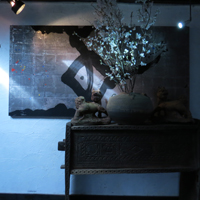

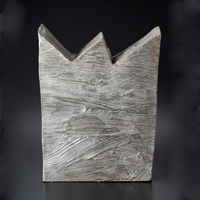
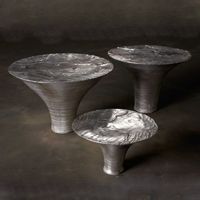
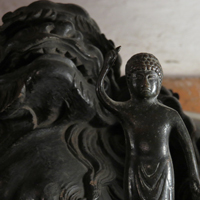
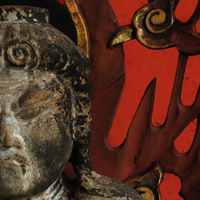

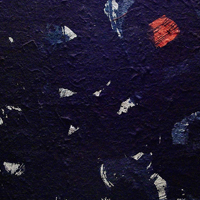
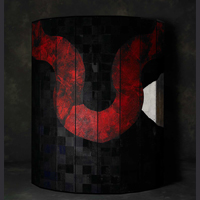

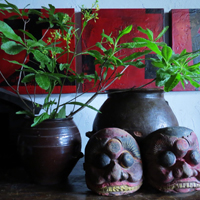
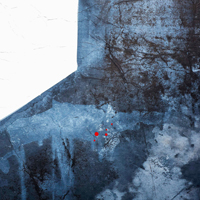

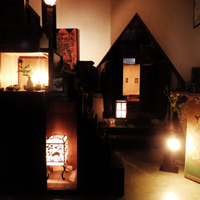
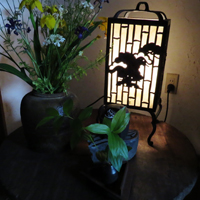
■SETSUKO TORII KNIT WORKS EXHICBITION
October 8~16th, 2016
OPEN:11:00~17:30

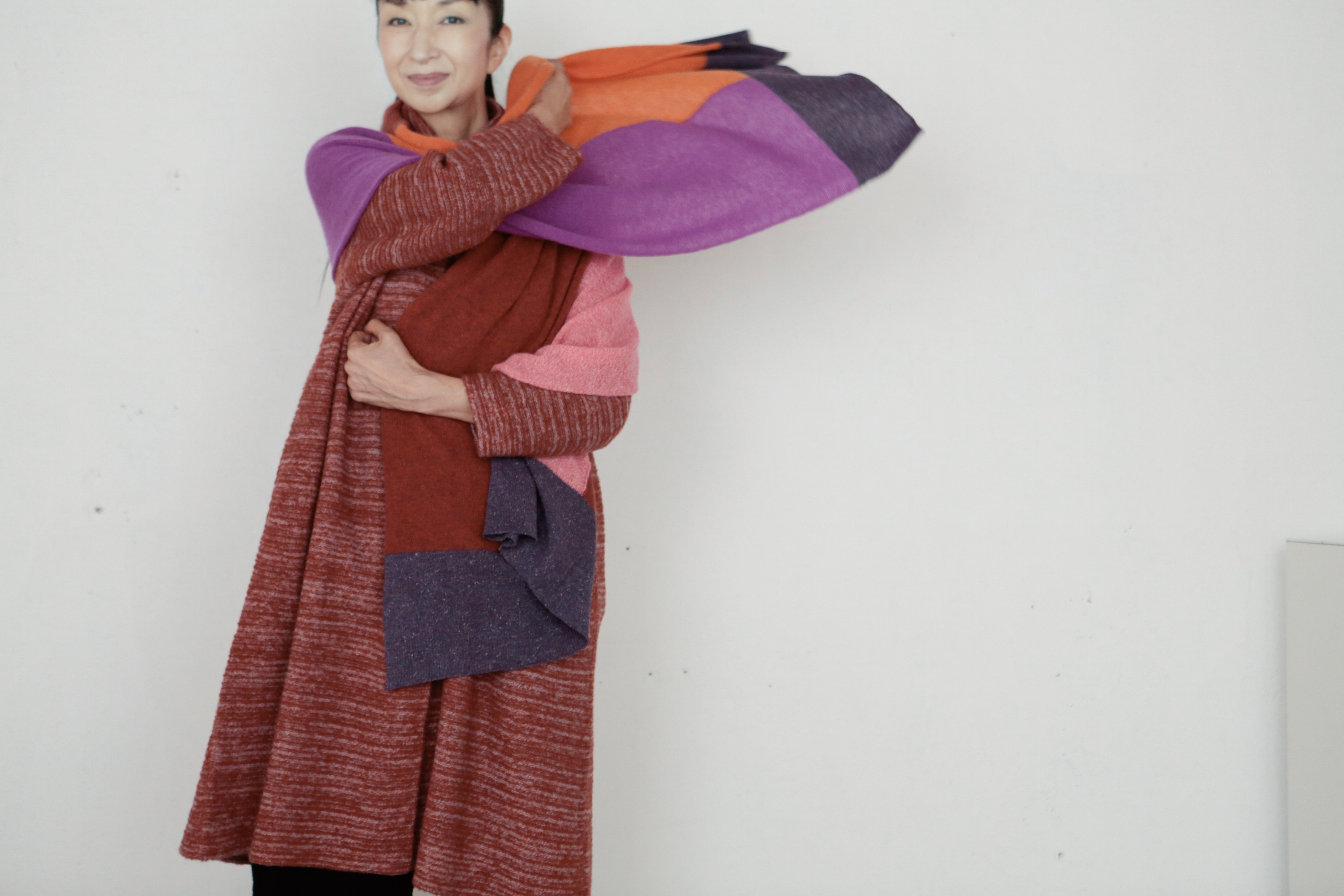
■Makoto Hashimoto-Yakimono Exhibition
September 10th~19th, 2016
OPEN:11:00~18:00
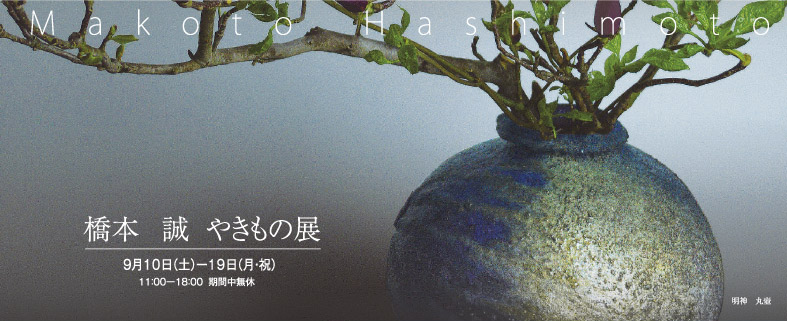
Makoto Hashimoto uses his original down-draft 'anagama' kiln to create Shigaraki and Iga pottery, as well as his own innovation, 'Myojin',
which is made from Myojin clay found in Nikko.
This 'Myojin' pottery is known for its deep blue-violet discoloration and its overwhelming sense of presence and profundity.
He burns 40 tons of firewood at a time to produce extremely rare kiln-fired works
with unparalleled color variation.
Please don't miss this opportunity to experience 42 years of ceramics history
with the 'yakimono' of one of Tochigi's representative potters, Makoto Hashimoto.





Also, for this occasion we have prepared a 'casual tea ceremony'
so that guests can actually experience Hashimoto's work.
- Hikarisumu Autumn Tea Ceremony -
The first 2 days (Sep. 10th and 11th) will feature a casual tea ceremony,
with delicious sweets and tea served in Makoto Hashimoto's cups. Please join us!
free of charge,
11:00~16:30 on the 10th and 11:00~15:00 on the 11th
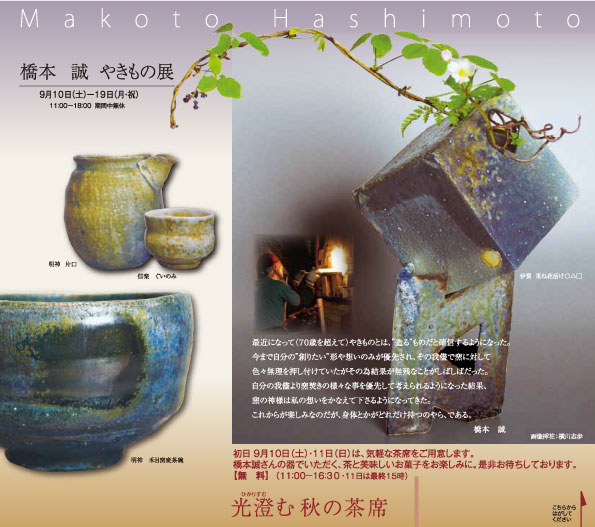
Potter: Makoto Hashimoto
Brief Profile:
I was born in Kobe, Japan in 1943.
At age 16 I started drawing pictures and by age 17 my goal was to become a professional artist.
I started making pottery from the age of 25.
When I was 30 years old
I put drawing aside to concentrate on making ‘yakimono’ (pottery).
The Distinctiveness of Japanese Culture and Art:
It seems that
rational philosophy and the order of nature is highly valued
in modern European culture.
Many Europeans believe in one absolute god,
such as the god of Judaism or Christianity.
Such a god is seen as a creator and ruler of the entire universe,
and mankind is created with the ability to control nature.
As a result, when people make pottery,
they control the clay and the fire completely, and study glaze scientifically.
An electric kiln allows for the easiest control over the fire,
with the aim being to create perfect and specific shapes.
However, Japanese culture is distinctive in that having
control over nature isn’t such a strong concept.
It is more important that humans be at one with nature
as they themselves are a part of it.
Rather than having control over nature,
Japanese people strive to learn from nature,
respecting the many gods that are found in all living things.
It also seems that there is a difference between European and Japanese culture in terms of what is considered to be beautiful.
Europeans appear to find beauty in perfection in nature,
such as in the complete scenes of a bright full moon or a flower in full bloom.
Of course, Japanese people also find these things to be beautiful,
but Japanese tend to find enjoyment in every stage of nature’s processes.
Each phase of the moon gives a feeling of peaceful harmony, as does the yearly appearance of cherry blossoms as they bud, bloom,
and finally wither as their pedals fall to the ground.
The Japanese ideal of beauty encompasses all that is authentic by acknowledging that nothing lasts, nothing is finished, and nothing is perfect.
Japanese call this ‘wabi-sabi’.
Although it is difficult
to translate the Japanese concept of ‘wabi-sabi’ into English,
it roughly means an aesthetic quality
which is asymmetric, modest, simple, austere, and intimate.
It involves the appreciation of the integrity of natural objects and processes.
My 'Yakimono’:
My ‘yakimono’ kiln is fueled by firewood.
I built the kiln myself.
It is rather difficult to use compared to electric or gas kilns.
I must continuously burn about 40 tons of firewood over a period of 4 days.
Heat exceeding 1300°C melts the ash of the firewood
and contributes to the creation of a particular glaze effect on the pottery.
A firewood kiln tends to be influenced by natural elements
such as the various seasons and harsh weather conditions, and as a result different effects are created on the pottery each time.
It is difficult to create the same effect twice.
When I burn wood in the kiln,
I don’t try to control the kiln; rather I become the kiln’s servant.
It is my job to take care of the color of the fire in the kiln.
The timing of when to add more firewood is measured by the volume
and color of the smoke coming from the chimney.
I must also pay close attention to the sounds coming from the chimney.
When shaping clay to make a piece of pottery,
I don’t look for perfect shapes. Instead, I look for ‘wabi-sabi’.
In Japan, pottery is generally referred to as ‘tougei’,
and is made with electric or gas kilns which artists can easily control.
However, I call my work ‘yakimono’ because it is created using the powers of nature.

